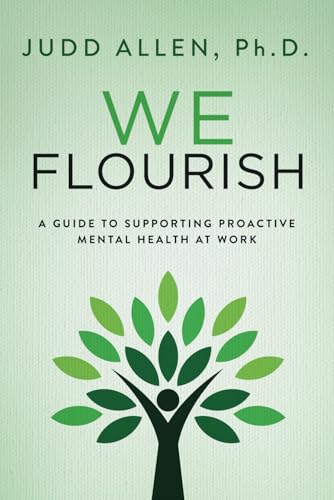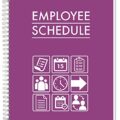Employee mental health is crucial for a productive workplace. Providing the right resources can significantly support your team’s well-being.
Also Read
Mental health programs are essential for maintaining a healthy work environment. They help employees manage stress, anxiety, and other mental health issues. Companies benefit from these programs through increased productivity and reduced absenteeism. It is important to offer accessible resources that cater to diverse needs.
This includes counseling services, stress management workshops, and mental health days. Encouraging open communication about mental health can foster a supportive culture. Regular check-ins and anonymous surveys can help identify areas needing improvement. Investing in mental health resources shows employees that their well-being is valued. Ultimately, this leads to a happier, more engaged, and loyal workforce.
Buying Guide On Resources For Employee Mental Health Programs
resources for employee mental health programs – buying guide
1. Identify your needs
understanding your team’s specific needs is crucial. Conduct surveys or meetings. Gather insights on stress levels, work-life balance, and mental health challenges. This information helps tailor the program.
2. Research available resources
explore different mental health resources. Look for counseling services, online therapy, and wellness apps. Compare features and benefits of each option.
3. Evaluate cost and budget
consider your budget. Assess the cost of each resource. Balance affordability with quality. Choose resources that provide the best value for money.
4. Check for customization
personalized programs work better. Ensure resources can be tailored to fit your company’s culture. Customized support improves engagement and effectiveness.
5. Look for credibility
verify the credibility of providers. Check certifications, licenses, and reviews. Trustworthy providers ensure reliable support for your employees.
6. Focus on accessibility
accessible resources are essential. Ensure employees can easily use and access the tools. Consider availability during work hours and language options.
7. Consider employee training
training helps employees use resources effectively. Look for programs that offer guidance on using tools and understanding mental health.
8. Measure effectiveness
tracking progress is important. Use surveys and feedback to measure the program’s impact. Adjust resources based on employee feedback and results.
9. Prioritize confidentiality
confidentiality is key. Ensure resources guarantee privacy. Employees should feel safe using the program without fear of exposure.
10. Seek professional advice
consult mental health professionals. Get expert recommendations on the best resources. Professional advice ensures you choose effective support.
Conclusion
Addressing employee mental health is crucial for a thriving workplace. Resources for mental health programs provide support and foster well-being. They create a positive environment and boost productivity. Employers should explore various tools and services. Online platforms, in-house counseling, and wellness workshops are effective options.
Regular check-ins and supportive leadership also make a difference. Investing in mental health resources shows employees they are valued. This can lead to higher job satisfaction and retention. Companies that prioritize mental health often see improved performance and morale. Start small and gradually build a comprehensive program.
Remember, a healthy workplace benefits everyone. By taking steps to support mental health, businesses can create a supportive and productive environment. Employees will feel more engaged and motivated. Ultimately, the well-being of employees is essential for long-term success. So, consider these resources and take action to support mental health in your workplace.























